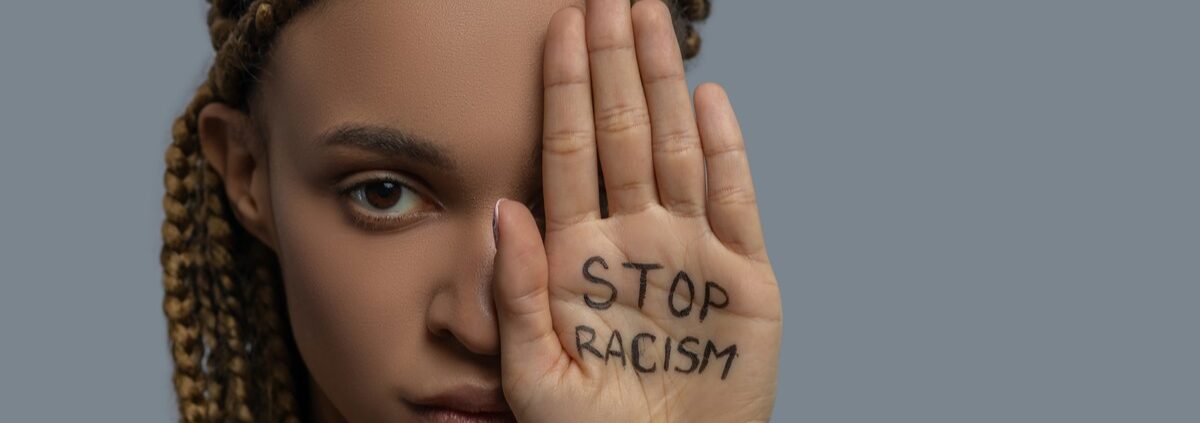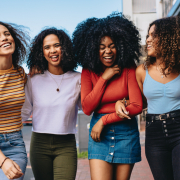Racism is Different Than Colorism – Here’s How
By Ronald Hall, The Conversation
Why does your research matter and why do you study it?
Hall: This research matters as the nation and indeed the world assume a more multiracial demographic. I study it to correct some of the errors made by “experts” and prepare for the future.
I grew up a child of the ‘60s, and I saw and heard about a lot of racism – but I didn’t understand as a kid how to connect that to my life directly. By the time I started college in the ’70s, I wanted to approach racism from a different perspective.
I realized that the same kinds of behaviors that we normally label as racism are actually a form of colorism that’s acted out among people of color. “Experts” refer to colorism as a bias against dark-skinned persons exclusively, but I view it more broadly as bias via complexion regardless of skin color.
It’s a taboo subject. I guess for fear of being embarrassed, we just don’t discuss it publicly, and I decided to change that.
I want to emphasize that it’s a misconception to think it’s something localized to African Americans. When I started to study this topic with my own money, I took to traveling the world. And it took me about 11 years. I’ve collected quantitative and qualitative data from all racial groups, including African-descended Americans, Latinos, Native Americans and Asians.
What’s something about your research that people would be surprised by?
Most would be surprised to know that it exists among Asians.
Also, I thought people in Africa of African descent would idealize African features. But in fact, having been there, particularly when I visited South Africa about 15-20 years ago, that wasn’t true. This is the product of colonization. And the Black South Africans were colonized by Europeans, and so you find this behavior that is a norm as much in Black Africa as it is anywhere else in the world.
I had a focus group at one of the universities in South Africa, and I gave a question to the students. I said, “You have the ability to determine the skin color, the hair texture, the eye color of your expected daughter. And you can design their features any way you so choose.” And for about a minute, there was silence in the room.
Eventually one young man bravely raised his hand – a South African. He said, “I want my daughter to have blond hair, blue eyes and white skin.” And this is in the aftermath of apartheid. I was shocked by that. I was shocked.
One article I published using this data pertains to the “bleaching syndrome” among Latinx Americans.
What do you think led to his wanting that? The social value that we put on those physical features?
My guess is that this young man had been seduced by apartheid and dominated by a Western, Eurocentric environment where everything white is ideal. Although apartheid officially ended in 1994, it is now embedded in the culture, which may extended decades into the future.
Fortunately or unfortunately, I believe the world is given to Eurocentric ideals. One of the most dangerous phenomena that I came across is, there is currently a global market in something called bleaching creams. For example, 77% of Nigerians use bleaching creams.
Bleaching creams are cosmetic products that compromise a person’s melanin, and a result of using it is that a person will have lighter skin. And what concerned me about bleaching creams, which is a worldwide billion-dollar market, with the largest markets in Asia and in Africa, those creams contain something called hydroquinone).
The FDA has reported serious side effects including skin rashes, facial swelling and skin discoloration from hydroquinone. As of September 2020, manufacturers and distributors of over-the-counter skin lightening products that do not have FDA approval were required to be removed from the market.
And one last point about these creams: Light skin worldwide has traditionally been viewed as a feminine trait. Dark skin is a masculine trait, hence the notion “tall, dark and handsome.” In my travels in India, particularly in the south of India, where you have darker-complexioned Indians, there’s a product called Fair and Lovely that is a popular product used by Indian women.
But now they have something called Fair and Handsome. So you have men, Indian men, who are darker-complexioned, seeking to get lighter skin.
How many countries have you traveled to in doing your research?
I’d probably say 25 to 30 over 10 to 15 years. I only realized that there’s a lot more that I need to learn about this topic. I do a lot of work in the Philippines. They use bleaching creams, but they discovered something new, and I don’t think it exists anywhere else in the world.
It’s a supplement called glutathione. There is evidence that a byproduct of glutathione is that if you use it, you can get a lighter complexion. It’s not toxic like the bleaching creams. But women are injecting this product into their veins. It was not intended for that.












Leave a Reply
Want to join the discussion?Feel free to contribute!